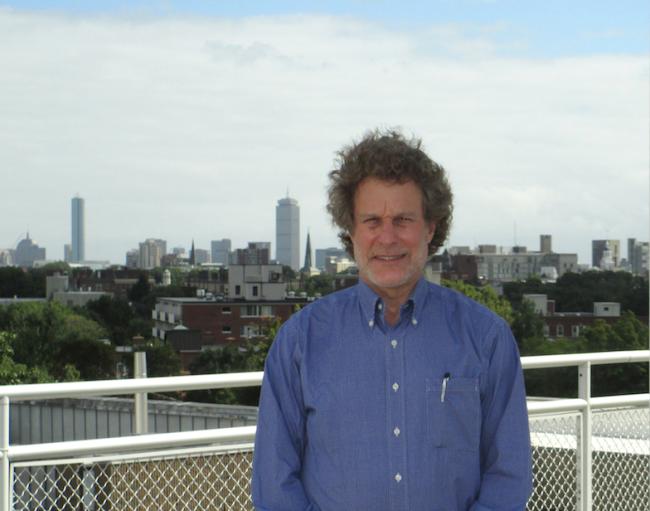
Cambridge, MA -
Dr. Philip M. Sadler of the Harvard-Smithsonian Center for Astrophysics (CfA) has been awarded the 2014 Technology and Innovation Award from the International Planetarium Society. The award is given to recognize an individual or institution, "...whose technology and/or innovations in the planetarium field have been, through the years, utilized or replicated by other members and/or planetariums."
Sadler is Harvard's F.W. Wright Senior Lecturer in Astronomy. In 1977 he invented the Starlab portable planetarium while a middle school math and science teacher. These inflatable planetariums are now in use by thousands of museums and school systems throughout the world, reaching millions of children yearly.
"It's great to receive this award, but the recognition really goes to all the creative educators who have integrated the Starlab into their classes and programs," says Sadler.
Starlab's popularity stems from a combination of affordability and adaptability. Its unique design offers the full planetarium experience at a fraction of the cost of a permanent structure, while its compact shape provides a cozy atmosphere.
"To young kids, Starlab is friendly and easy to get in and out of," comments CfA science educator Dr. R. Bruce Ward, who has used Starlab for decades. "But you can tailor your presentation for people at any level, from preschoolers up to adults. It's tremendously versatile."
Sadler explains that Starlab grew out of his students' desire to have a planetarium at their school. Its inflatable design was inspired by a structure over the tennis courts at the nearby Massachusetts Institute of Technology. After some experimentation, Sadler developed both an inflatable dome and the projection system to authentically recreate the night sky.
"Starlab is ideal for schools. It can hold an entire classroom at once, and it's very easy to set up and take down," adds Ward.
As with permanent planetariums, Starlab excels at teaching the motions of the sky, including the sun, moon, and stars. But more importantly, its emotional impact results in lasting memories.
"Very few people have seen a truly dark sky. When you start a presentation with a light-polluted sky, and then show them how much more you can see without city lights, there's a visceral impact. They're seeing a sky they didn't know existed," says Sadler.
Sadler's other recognitions include the 2010 Education Prize of the American Astronomical Society and the 2002 Brennan Prize from the Astronomical Society of the Pacific.
Headquartered in Cambridge, Mass., the Harvard-Smithsonian Center for Astrophysics (CfA) is a joint collaboration between the Smithsonian Astrophysical Observatory and the Harvard College Observatory. CfA scientists, organized into six research divisions, study the origin, evolution and ultimate fate of the universe.
For more information, contact:
David A. Aguilar
Director of Public Affairs
Harvard-Smithsonian Center for Astrophysics
617-495-7462
daguilar@cfa.harvard.edu
Christine Pulliam
Public Affairs Specialist
Harvard-Smithsonian Center for Astrophysics
617-495-7463
cpulliam@cfa.harvard.edu